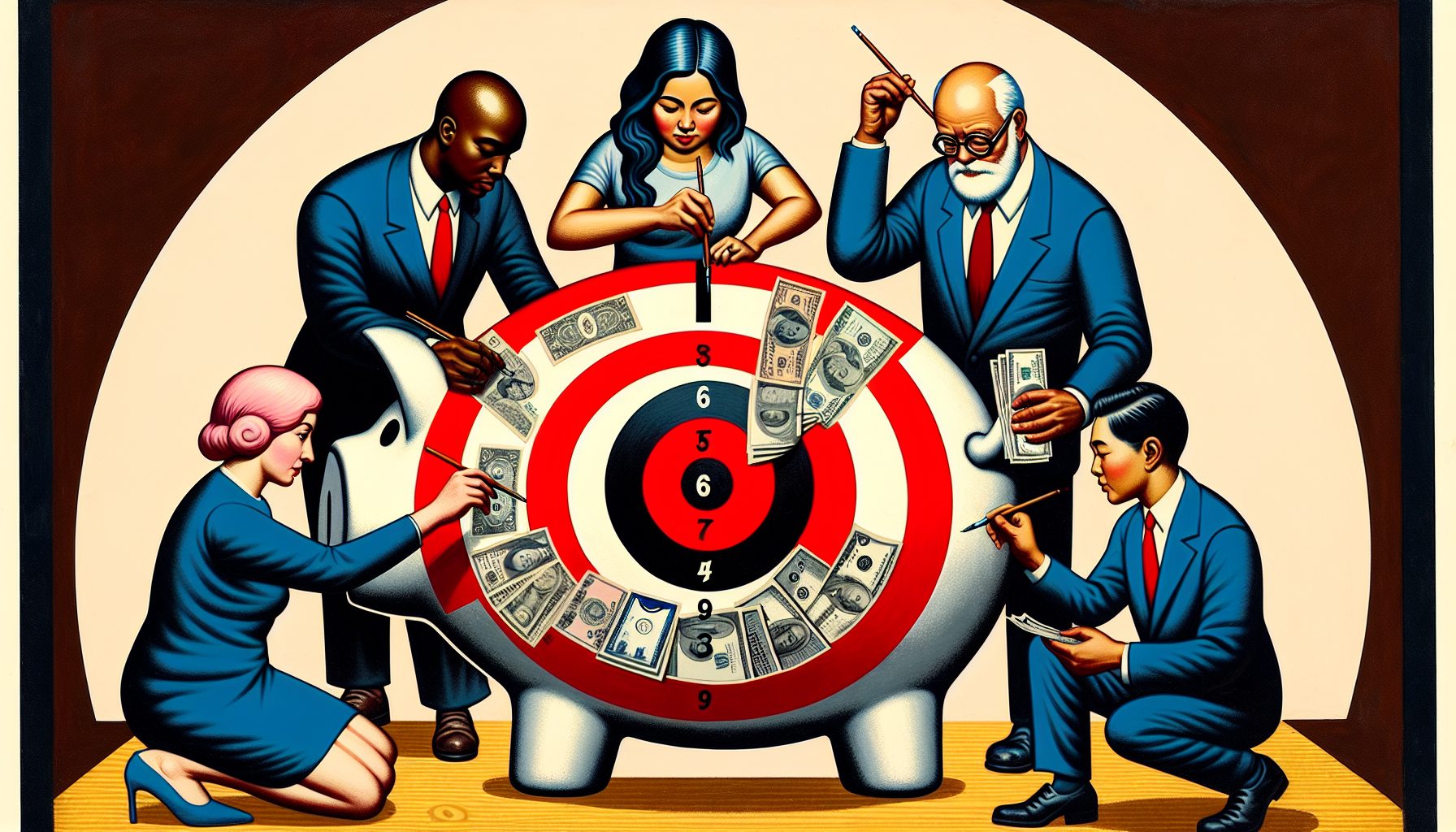Kmart and Sears, Roebuck and Co. announced an $11 billion merger last month, spent an hour extolling the virtues of the deal and mentioned information technology-actually, the acronym “I.T.”-only once.
Amid all the talk of real estate divestment, converting Kmart stores to the Sears nameplate, putting Martha Stewart clothes in both companies’ stores and plans to deliver $500 million in cost savings, information systems received only a passing mention from Kmart chairman Edward S. Lampert, Kmart CEO Aylwin B. Lewis and Sears CEO Alan J. Lacy.
“We’ve got about $12 billion of sales, general and administrative expenses, and I think in the areas of supply chain, I.T. and administration we see some opportunity there,” said Lacy at the Nov. 17 press conference.
Nice sound bite, but in reality the companies are probably two years away from even beginning to figure out how to make effective use of information systems to save money or bolster sales.
On a conference call with analysts, Sears CEO Lacy estimated it would cost roughly $3 million to convert a Kmart store into a Sears. The combined company, Sears Holdings, is expected to convert hundreds of Kmart’s 1,482 stores to the Sears nameplate. Lacy’s comments, however, focused on remodeling stores, adding square footage and changing signs, not necessarily replacing data systems.
Lacy’s focus on real estate and superficial changes worries UBS analyst Gary Balter. He argues that Sears still could spend $3 million per store changeover, even “with a lack of attention to internal systems.” Simply put, you could get a new Sears store with a hodgepodge of systems to pass on sales information.
Analysts note the risk, but say that before the first buck goes into an overhaul of systems, Sears Holdings needs to figure out what its business strategy will be. “The biggest problem for Kmart and Sears is their marketing and niche,” says Greg Buzek, president of IHL Consulting. “What is their position in the consumer’s mind?”
Is Sears the true-blue American retailer? And if so, how is that distinction from Wal-Mart and Target reflected in the products it will sell and the way its stores are located, designed and stocked? And if Kmart is left to be a discounter, how does it survive when, according to Bear Stearns, its prices are 14.7% higher than Wal-Mart’s?
The combined companies first have to figure out what they want to be, say, a mid-level retailer in malls and a mega-store operator in rural areas; then, design the merchandising, pricing, payment and other processes to support the new strategy; and, finally, figure out what information systems are needed.
But the companies can’t put off information system integration for too long because the task is mammoth, Buzek says.
According to IHL data, Kmart has three inventory management systems, five for logistics management, five for supply chain management and four for merchandise planning. Sears has five inventory management systems, four logistics applications, five supply chain systems and six merchandise planning systems. The grand total just for that slice of the two retailers’ operations: 37 applications, with vendors ranging from Caps Logistics to i2 Technologies to Retek.
In the meantime, just leaving existing systems alone could well come back to haunt Lampert and cohorts. Through global procurement, effective information management and efficient supply chain processes, Wal-Mart has been able to undercut rivals in nearly every category while maintaining operating margins averaging 5% for the last three years. Target’s operating margins average 7.8% for the same period. Kmart’s operating margins aren’t easy to compare, over time, due to its bankruptcy restructuring. But consider pricing. Kmart goods on average are $2.23 more expensive than Wal-Mart’s goods. Wal-Mart undersells Target by an average of $1, according to a Bear Stearns study.
Wal-Mart and Target will just keep pressing the advantages they have built up through technology, and add up bucks on the bottom line that can be used to make a resuscitation job by the combined Sears/Kmart difficult or impossible. By the time Sears Holdings plots its strategy, Wal-Mart and Target will both be well along with using radio frequency identification tagging that will in theory boost in-stock rates and sales. “We believe it might take Sears Holdings too long to get up to speed and compete effectively,” Balter says. For now, Kmart and Sears have other worries. One of the largest: Who will run the I.T. show?
Will Kmart CIO Karen Austin lead the integration? Or Sears CIO Garry Kelly? Will Kmart’s information systems debacles (“Code Blue,” November/December 2001) plague Sears, which ranked among the top six retailers in the [ital]Baseline 500[end] industry rankings with an Information Productivity rating of 27.3%?
But whoever leads the combining of technologies, Buzek says it would make more sense if Sears systems became dominant. “Sears has invested in store systems and is more data driven,” he explains. “Kmart had truckloads of excess inventory before it went bankrupt.”








